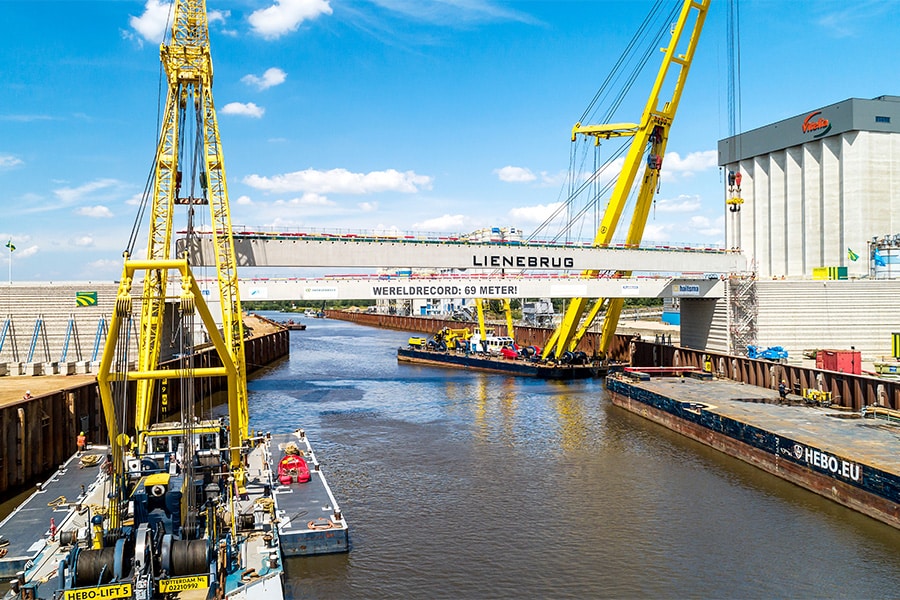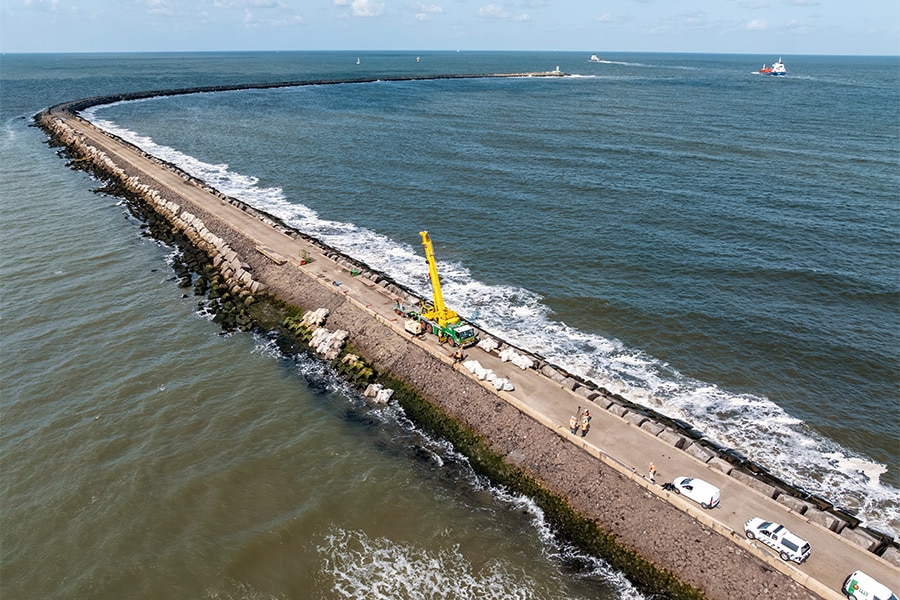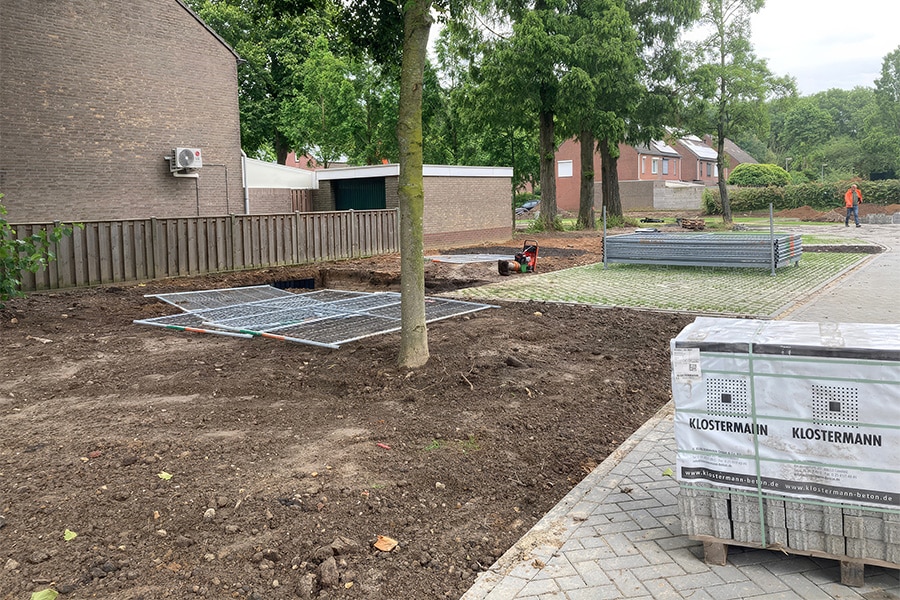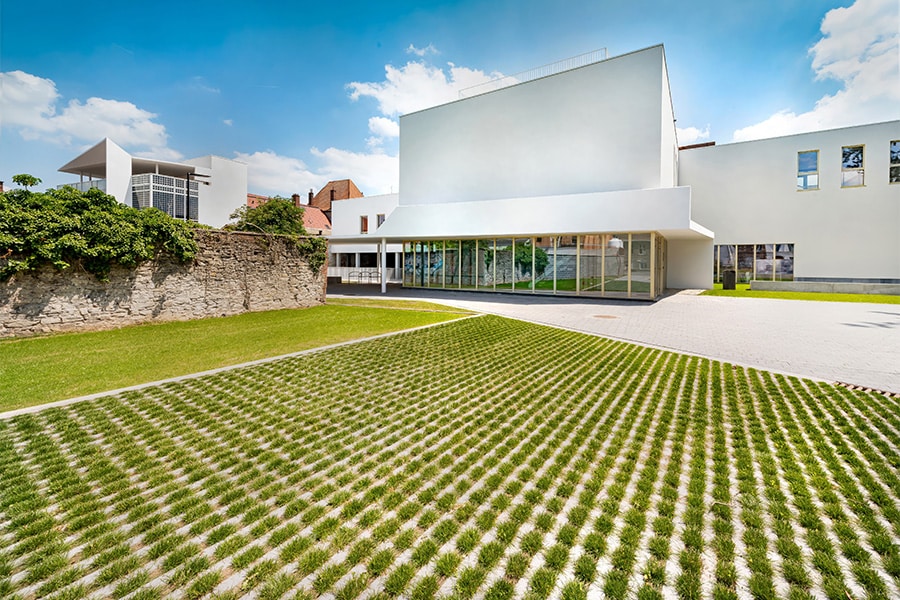
Strong feat of civil engineering by concrete specialist
Construction Selective Withdrawal requires extremely thoughtful plan
Van Hattum and Blankevoort is building the Selective Withdrawal measure in IJmuiden on behalf of the Department of Public Works. Translated into practice, this means building a kind of "saltwater letterbox" in the Binnenspuikanaal of the lock complex in IJmuiden. This principle is already being applied on a much smaller scale at the De Helsdeur pumping station in Den Helder. What makes the construction at IJmuiden unique is its scale. Rob Gordijn, environment manager at Van Hattum en Blankevoort, gives a look at the preparations over the past year and looks ahead to the operation of the salt dam in 2024.
"Innovative, grand and complex," is how Rob forcefully summarizes the construction of the salt dam. "Think tubular piles 44 meters long, two piers weighing 3,000 tons and 26 kilometers of anchors, and then you understand that this project involves very serious dimensions. The largest crane barge that can come to this location has to be used to transport all this. Our strength is designing and building appealing civil concrete structures of all shapes and sizes, and the salt dam is certainly one of them. It is a fine example of a special concrete construction at a special location. There is an awful lot involved."
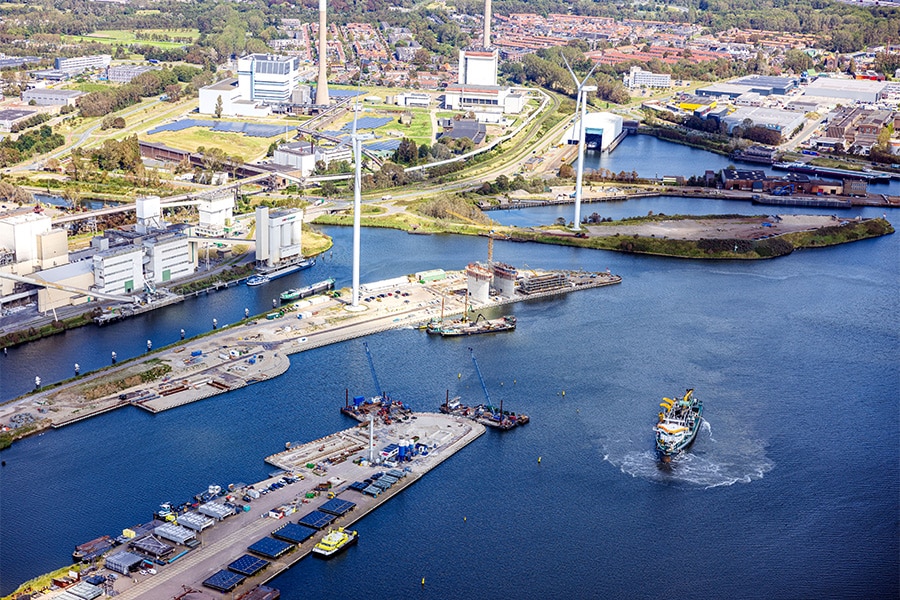
Assignment with requirements
The assignment Van Hattum en Blankevoort received from the Department of Public Works was to realize the Selective Withdrawal. The hydraulic design, the dimensions of the letterbox, as well as the shape of the piers were already figured out. It was up to Van Hattum and Blankevoort to devise and develop the most suitable construction for this and get it to its destination. A number of essential conditions were imposed. For example, the Binnenspuikanaal must remain open during the work, and the risk of subsidence caused by dredging must also be taken into account. "The water level of the Western Netherlands is largely dependent on the water discharge that takes place through the Binnenspuikanaal on a daily basis," Rob explains. "Closing the canal is therefore not possible. This ensures that you have to build that concrete structure of the piers and walls in a different way, on land in other words. Then in 2024 we put it in place."

Tight construction sequence
The planning and sequencing of the work listened closely. A retaining structure was built along the banks of the canal. Over a length of nearly 800 meters, tubular piles and sheet piles were driven into the ground and anchored. Nearly 26 kilometers of anchoring went into the ground to secure the bank construction in place. Next, Van den Herik started dredging to deepen the canal. "After that, we are going to work on the location where the salt dam will be. There we will put the salt dam together, but first we will place the piers in the canal. Between the piers and the bank, we hang in walls from above. We also pre-build these on the bank. From above, this blocks the channel as it were, but at the same time by placing the walls you create the so-called letterbox opening at the bottom. This ensures that step by step throughout the construction process we reach the final situation we are aiming for without closing off the canal."
Nature is doing its job
Last year there was plenty of dredging and the retaining structure and combi walls were installed. As far as Rob is concerned, these have been important milestones. "Next year is the year that everything comes together. The strength of the project is that the plan and schedule is also going as we conceived. The placing of the pillars and walls are the spectacular parts that await us. What is special is that when the structure is placed and we are finishing it, the salt dam also starts to function by itself. Physics does its work. There is no moment of cutting a ribbon, opening a bridge or viaduct. Anything but standard in our work, then. This in combination with the good cooperation between all parties involved, the schedule achieved for now and the innovative character, makes the project extra special."
